
BIRDING IN
Katavi National Park
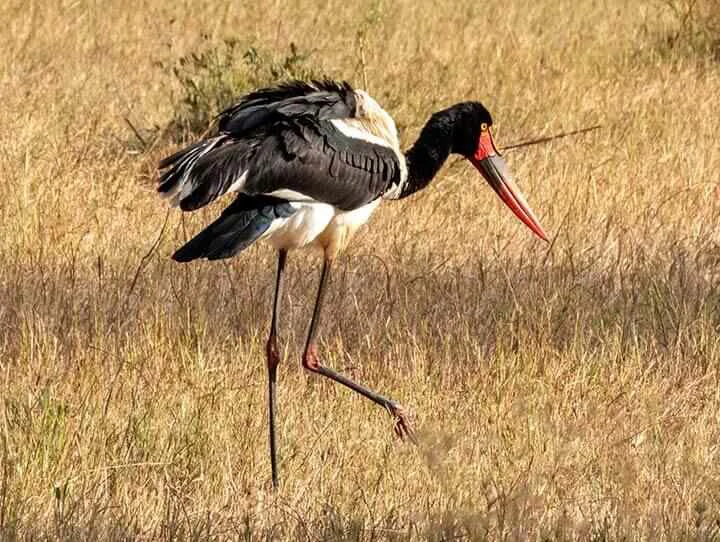
BIRDING IN
Katavi National Park
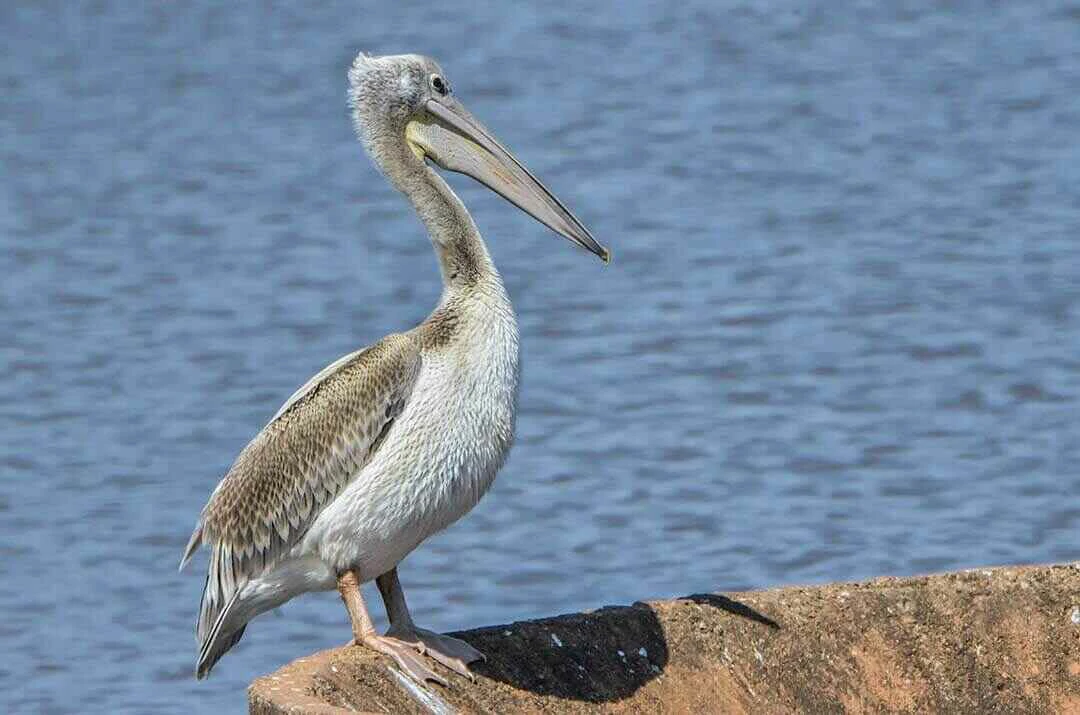
BIRDING IN
Katavi National Park
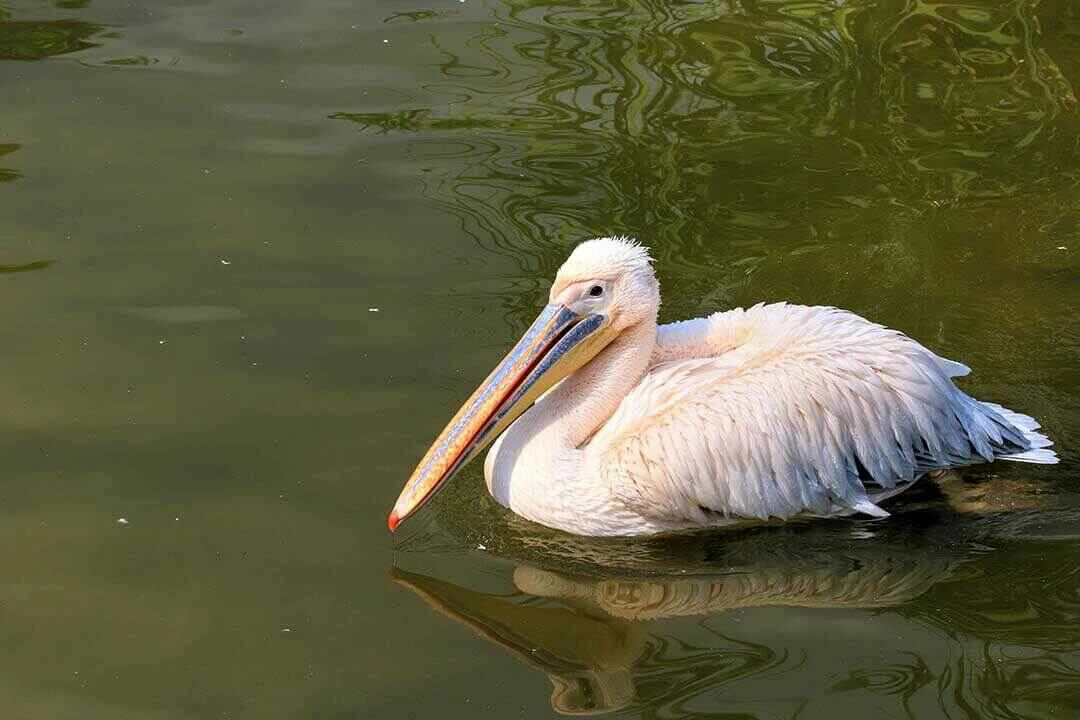
BIRDING IN
Katavi National Park
It is Tanzania's third biggest National Park featuring hippos pods of thousands, denning crocodile, super herds of buffalo and predators. Katavi lies south-east of Mahali Mountain National Park, 40 km east of Lake Tanganyika at Karema, and extends eastwardsaround the northern shoulder of the Ufipa plateau towards Lake Rukwa. The original National Park covered an area of seasonallybesieged flood-plain grassland with an associated series of small lakesand swamps, and areas of miombo woodland to the south and west.
The park has recently been doubled in size to incorporate more of the wide Kafufu river valley to the west and south west. It now adjoins Mlele Game Controlled Area, which is adjacent with Lukwati Game Reserve, which in turn meets Lake Rukwa. The north-eastern boundaryof the park runs along the Mulele Hills which rise outside the park to over 1,500 meters. The western area of the park forms the eastern boundary of the Karema Gap, a zoogeographical boundary between the Tanzania, Malawi Mountains Endemic Bird Area and the Albertine Rift mountains to the north-west.
African golden oriole, African paradise flycatcher, African spoonbill, Bateleur, Black cuckoo-shrike, Orange-breasted bush-shrike, Crested barbet, Little bee-eater, Red-billed hornbill, Saddle-billed stork, White-backed vulture, Yellow-throated sandgrouse.
The birdlife in Katavi is good year-round, but at its best from November to April when the migratory birds from Europe and northern Africa are present. At this time, many resident bird species are nesting and are in breeding plumage. The rains usually arrive in November and last until early June. For birding specifically, November to March is the best time. The problem, however, is that many roads become hard to travel after continuous rain. As a result, most camps are closed from March to May. For wildlife viewing, the middle and end of the Dry season from June to October is considerably better.
Our Experts are ready to provide answers

Arusha is known to support at least 411 species, including Ardeolaidae, as a non-breeding visitor in small numbers, and one species of the Serengeti plains Endemic Bird Area, as well as 11 species of the Somali - Masaibiome.
Read More
A total of 457 bird species have been recorded from the site. The area is of major importance to migratory waders from northern Eurasia, supporting about 30,000 birds.
Read More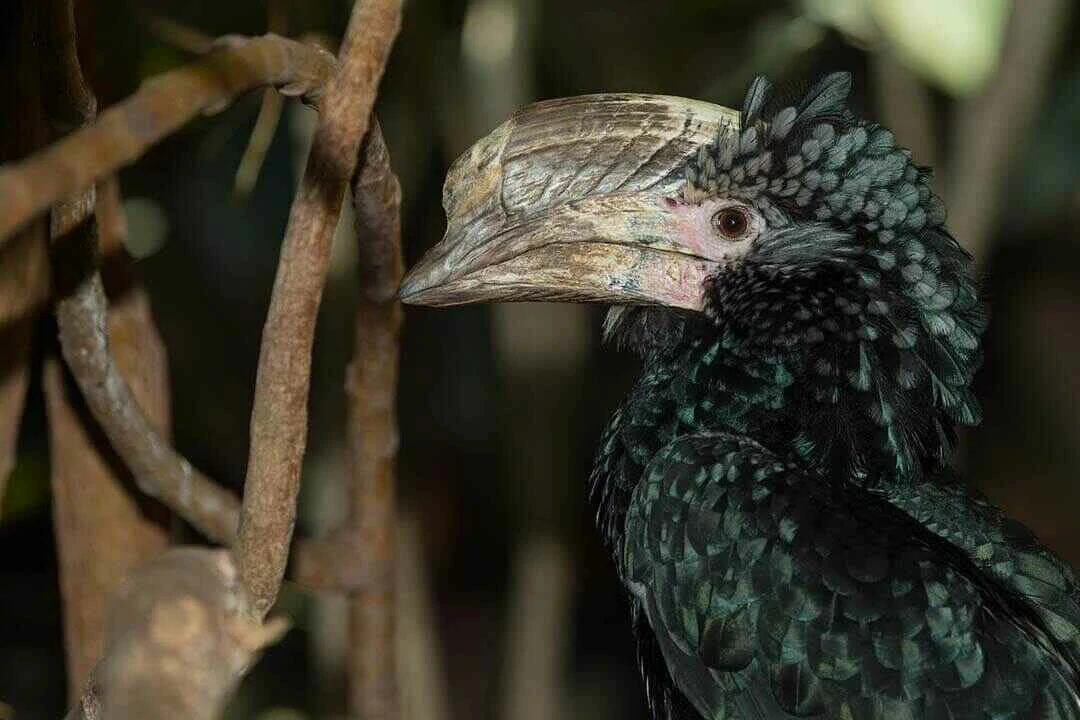
More than 400 species have been recorded here and you can reasonably expect to observe 100 of these in one day.
Read More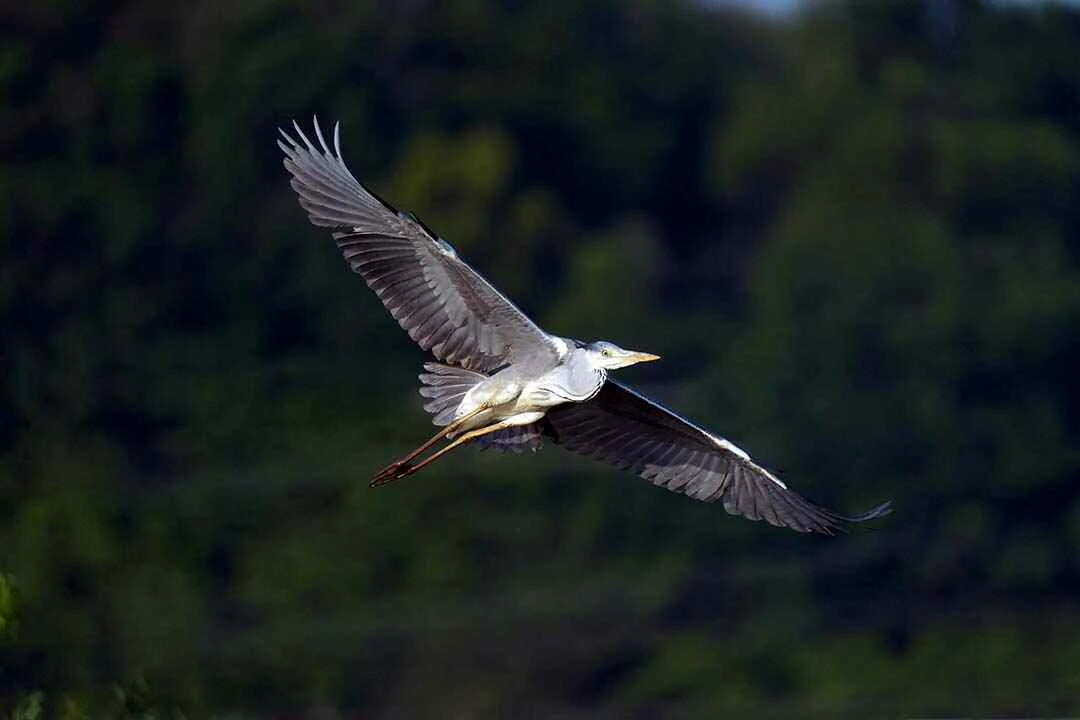
Bird species list includes only 214 species and these include three Guinea - Congo Forests biome species. An endemic subspecies of the globally threatened Apalisargentea is present here.
Read More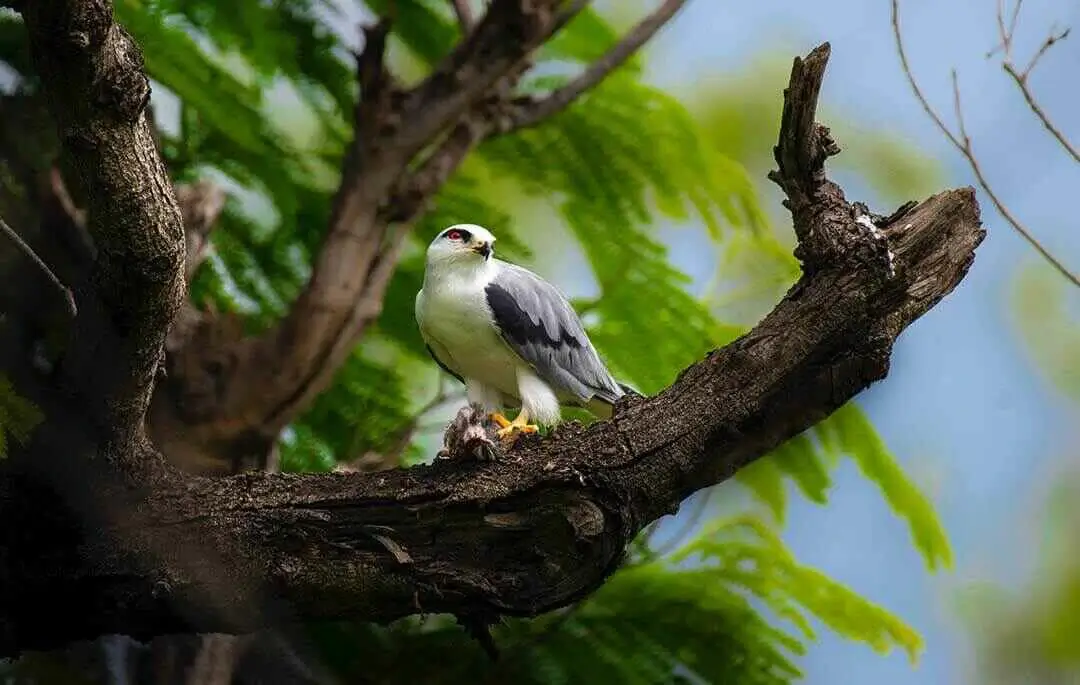
Some 393 bird species are known to occur in the area. Falco naumanni is a regular passage migrant in March and April, but there have been no records of large flocks or wintering birds.
Read More
Some 393 bird species are known to occur in the area. Falco naumanni is a regular passage migrant in March and April, but there have been no records of large flocks or wintering birds.
Read More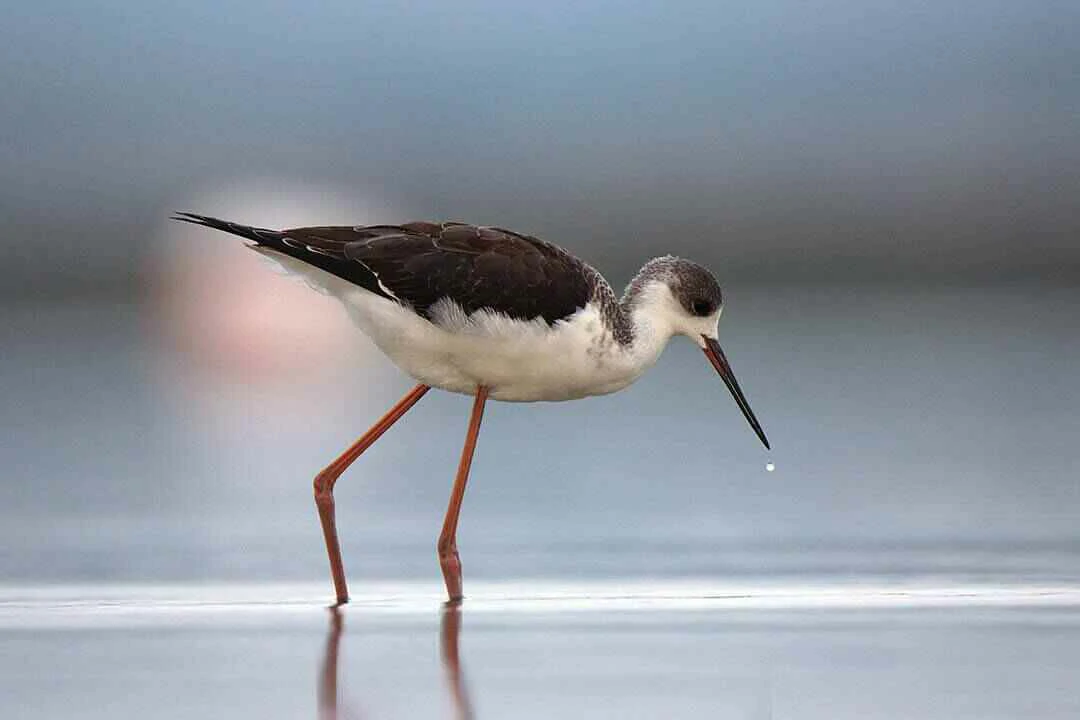
Over 500 bird species are known from the site. Falco naumanni is a passage migrant and Circus macrourus occurs on passage and in winter. Acacia woodland holds the largest known population of Agapornisfischeri, Parusfringillinus is resident and there have been recent records of Apaliskaramojae from Acacia drepanolobium woodland in the south-west of the site.
Read More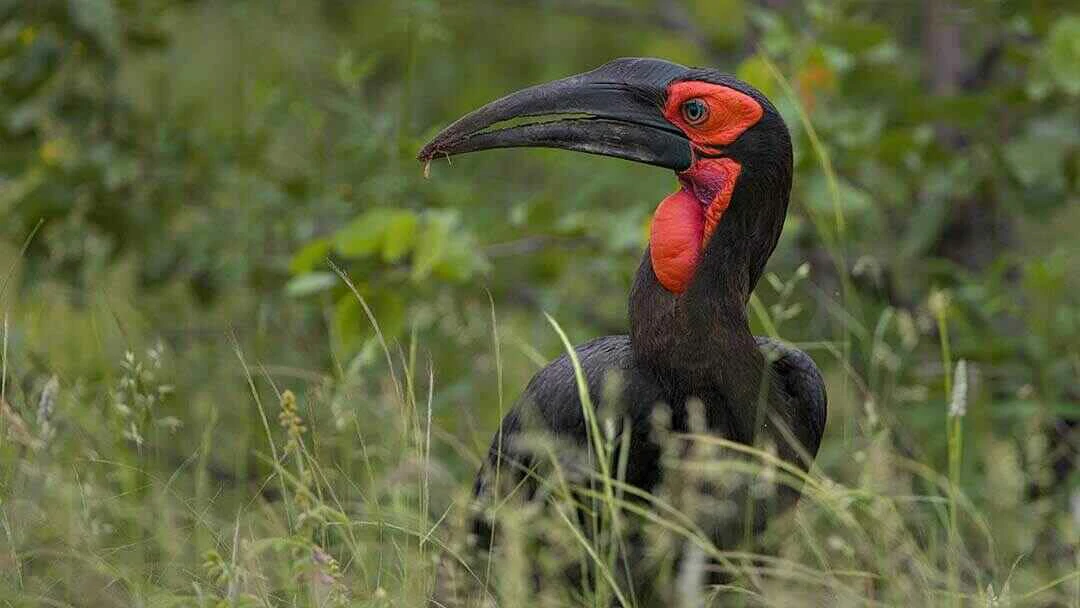
Some 410 species have been recorded for the park, but this figure is almost certainly incomplete as only the main tourist areas are well known. This total includes seven species of the Zambezian biome.
Read More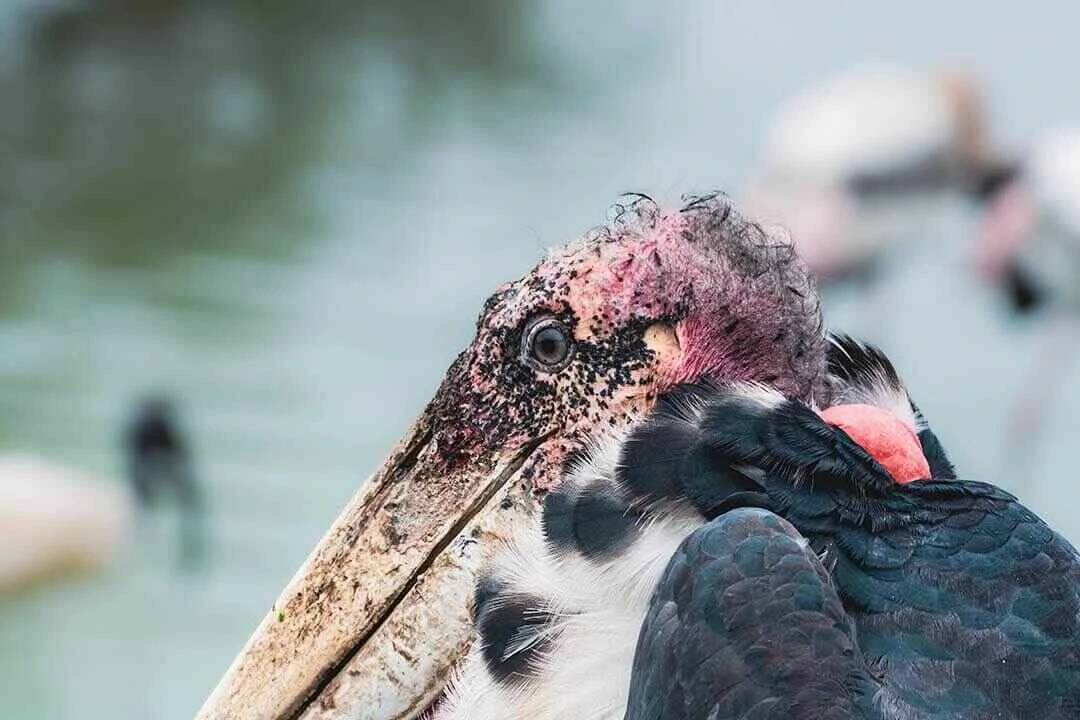
Rubondo main island holds a wide variety of other species, including huge breeding colonies of four species of Ploceus weavers and a relatively dense population of Circaetuscinerascens which are rare in East Africa.
Read More
An estimated numbers of bird species recorded from the park vary from 458 to 505. Glareolanordmanni and Apaliskaramojae, are of global conservation concern. Ardeolaidae is a regular visitor in low numbers. The status of Circus macrourus is described as locally common.
Read More
There is no species list for the park; the total is likely to exceed 450 species. Globally threatened species include Falco naumanni, which occurs in flocks of hundreds in April, following the start of the rains when invertebrate food-supplies are abundant and the park provides secure roost-sites.
Read More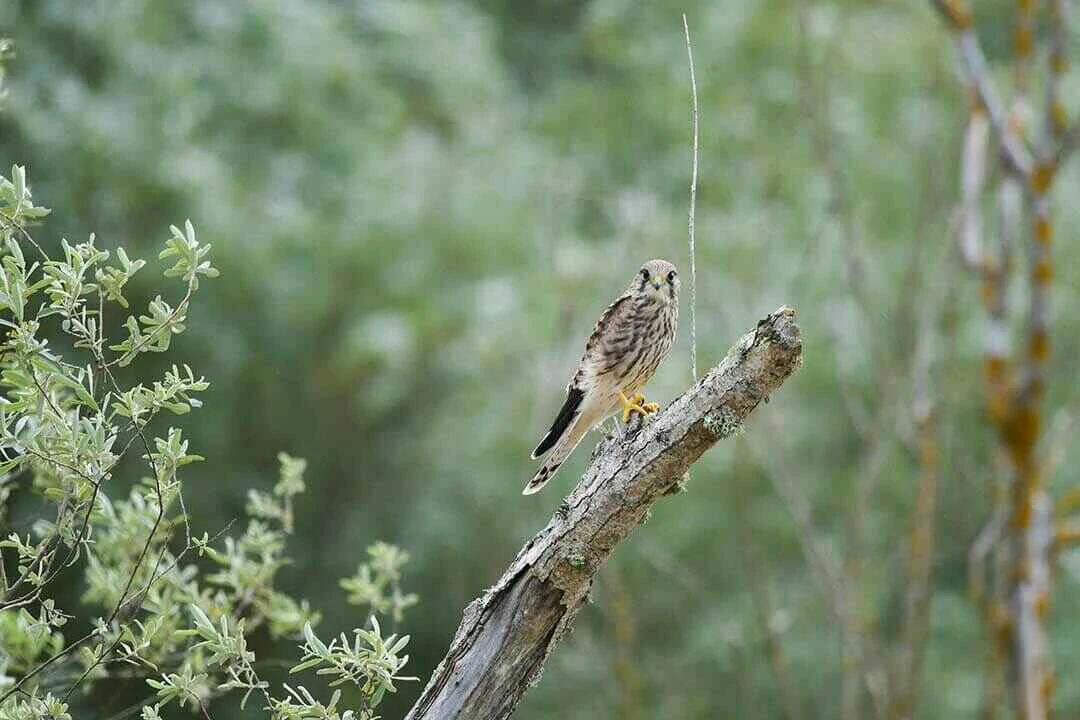
There are sightings of birds like Xenoperdixudzungwensis from near Mount Luhombero, in the park. Circaetusfasciolatus is resident at low densities in low altitude forest at the foot of the east-facing escarpment
Read More